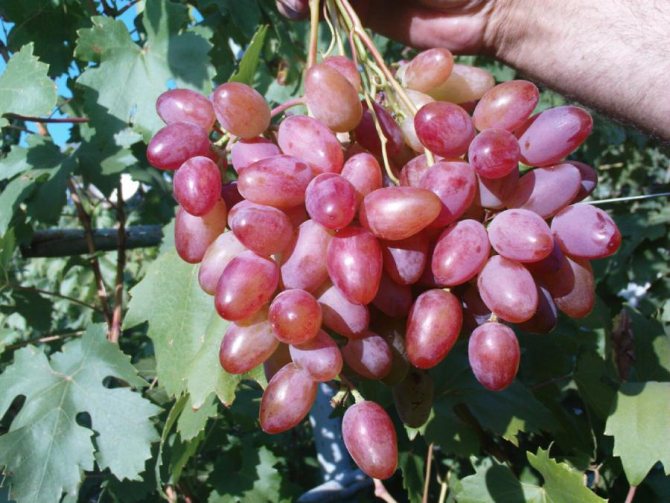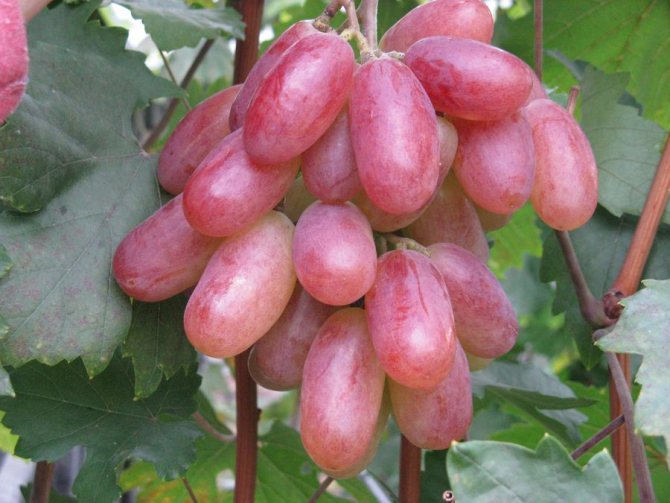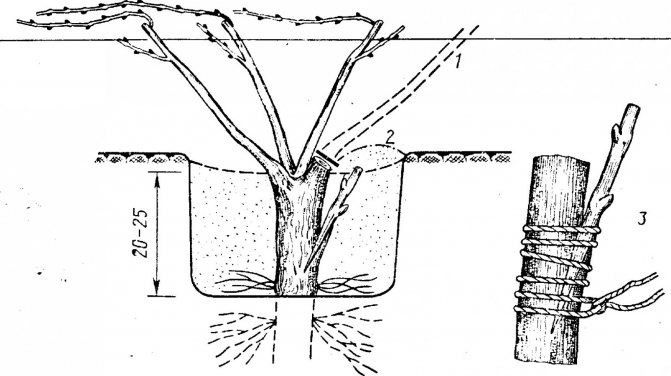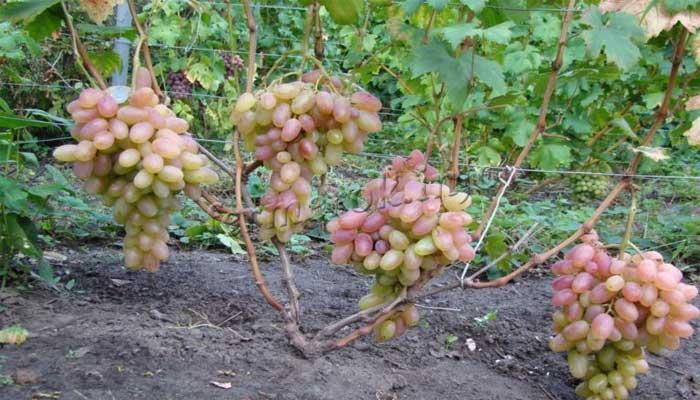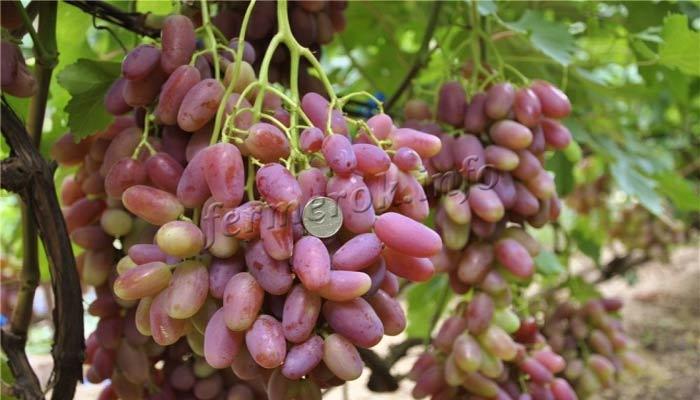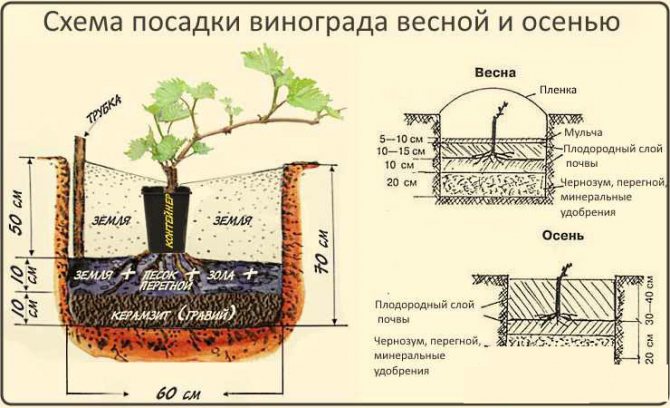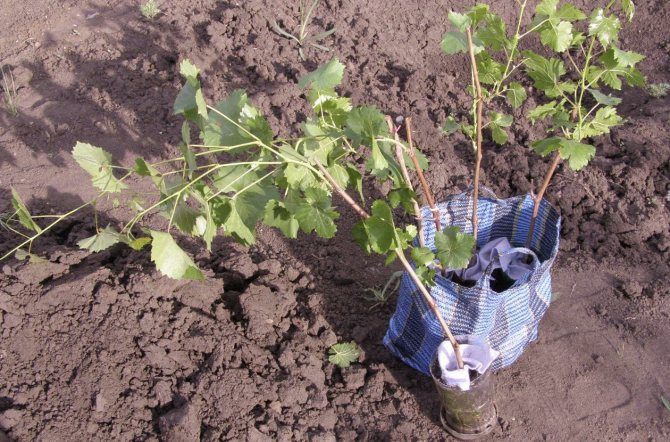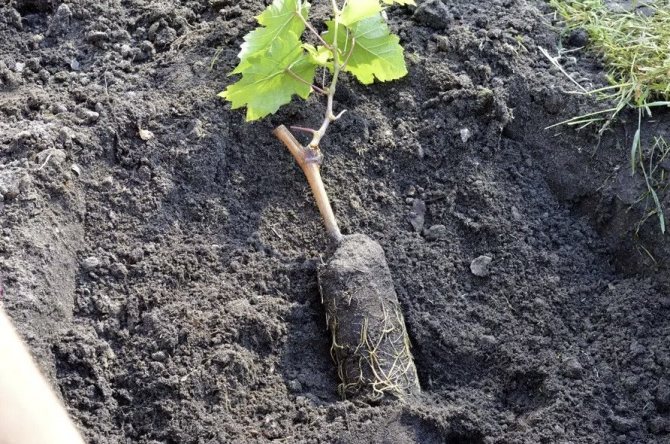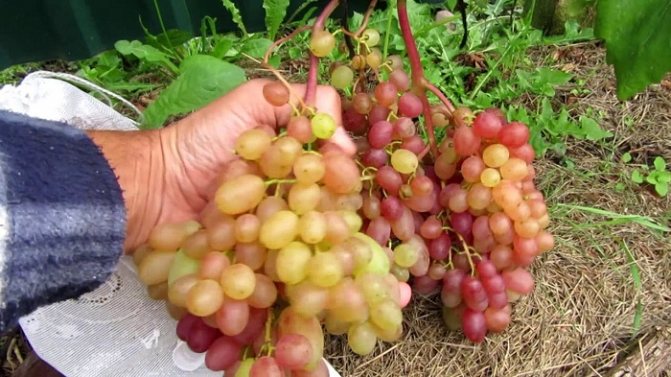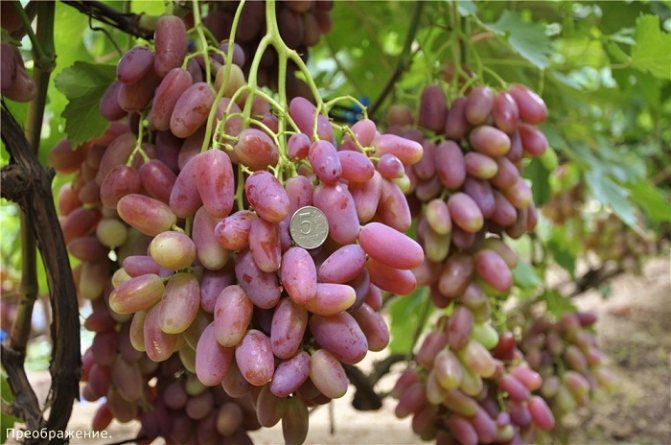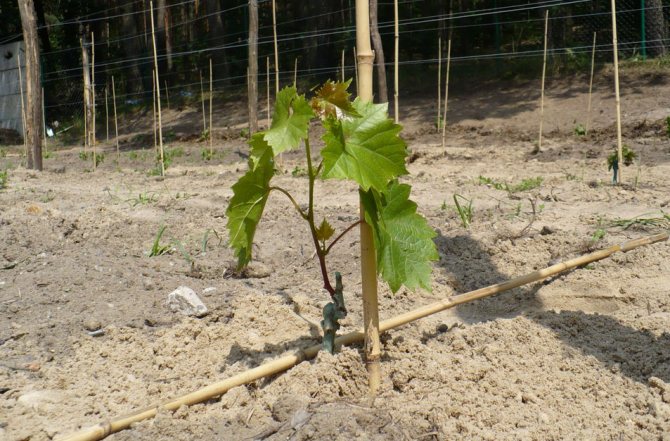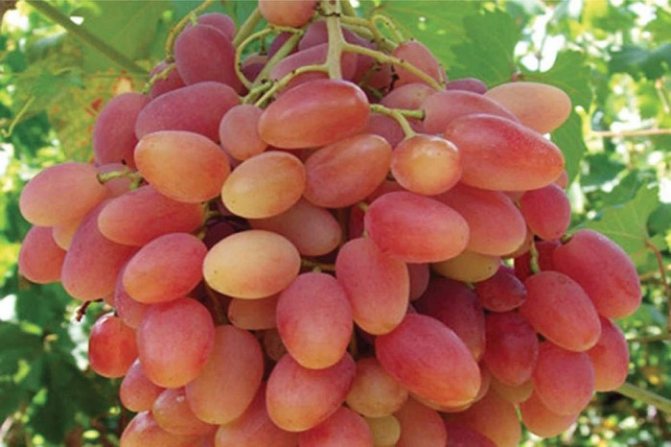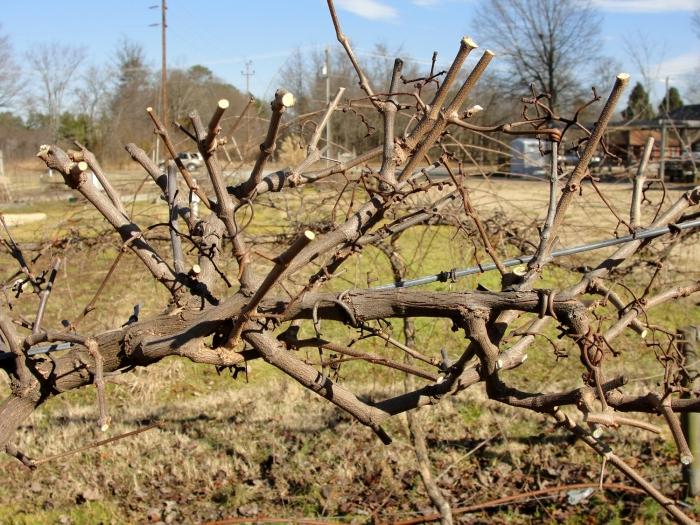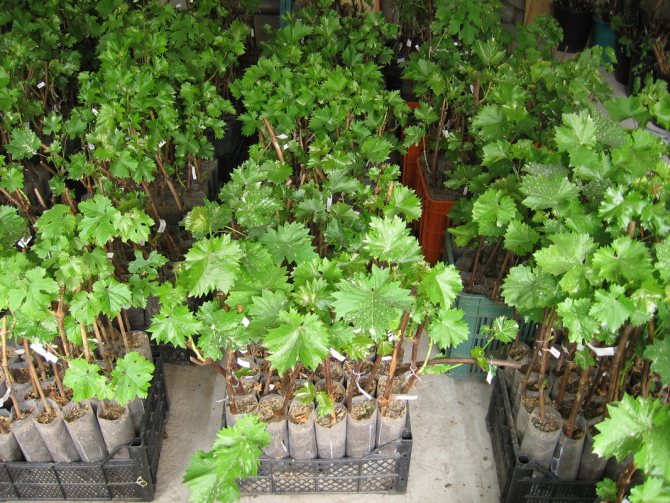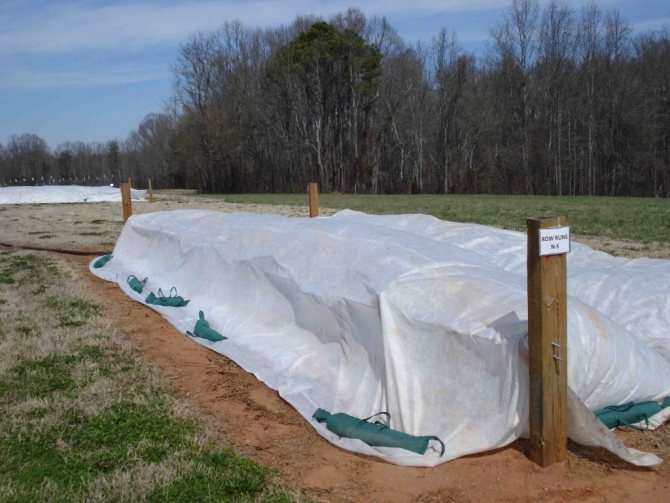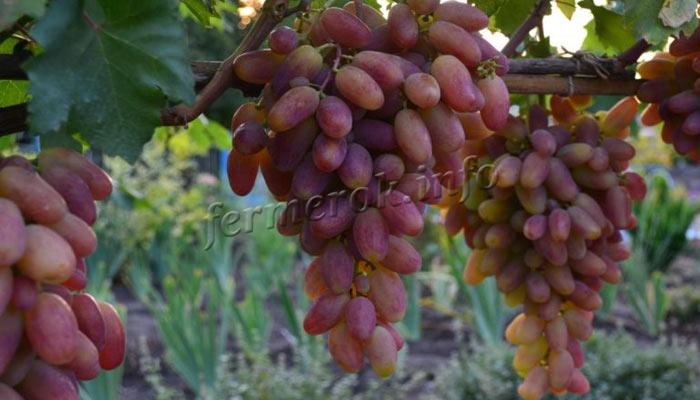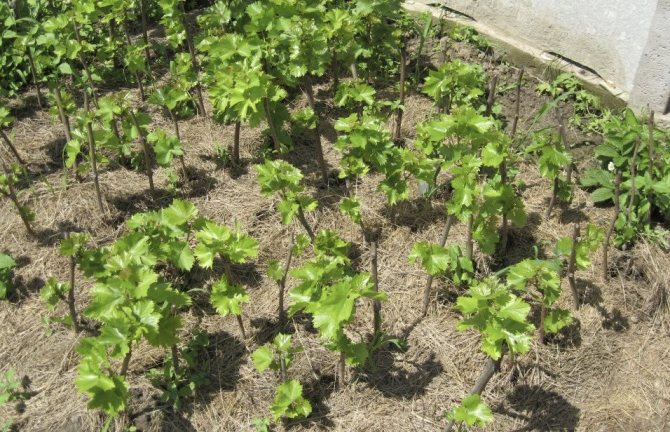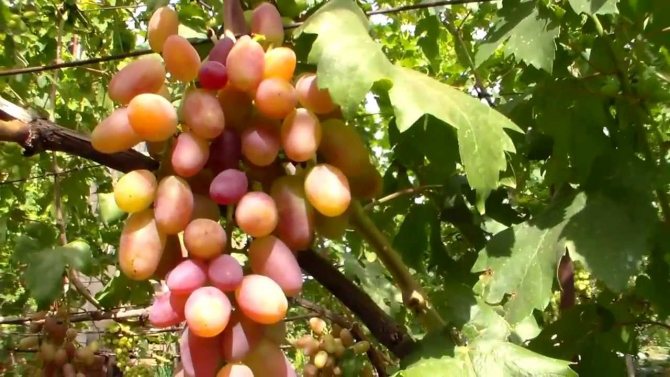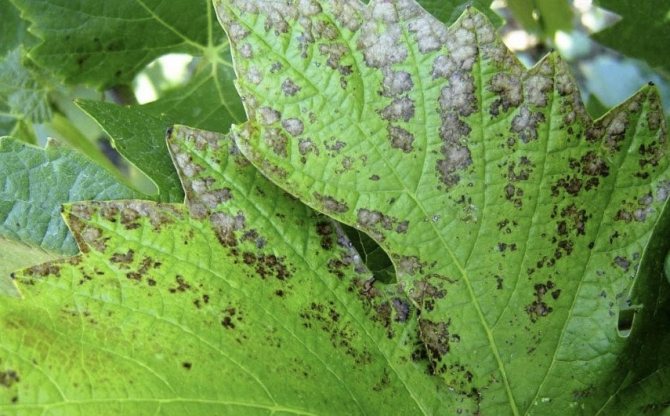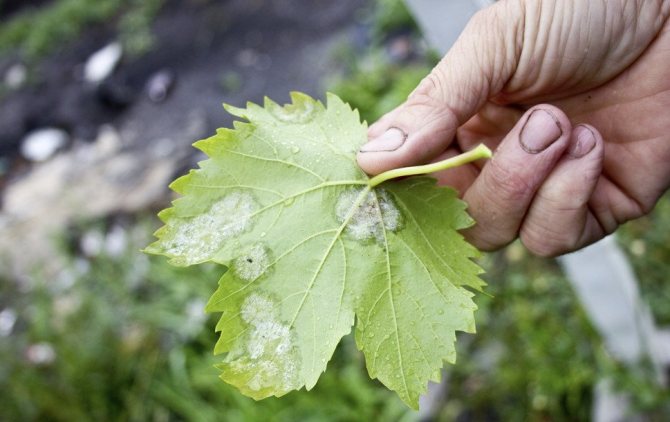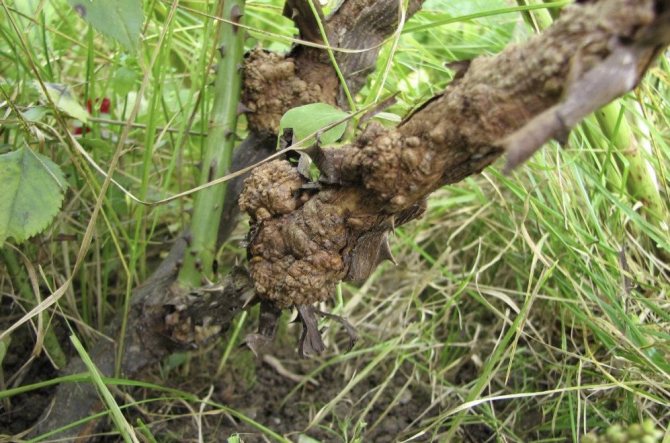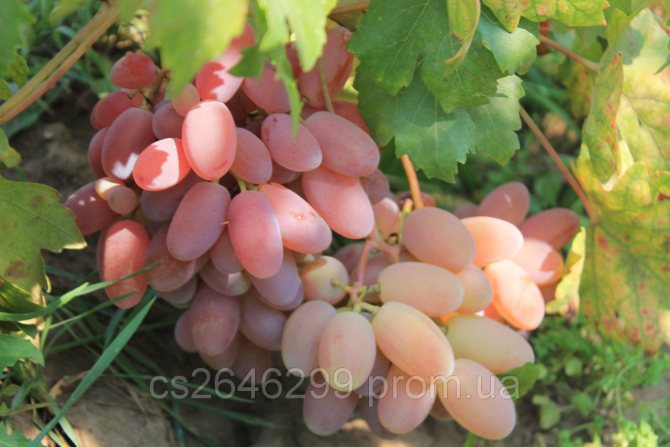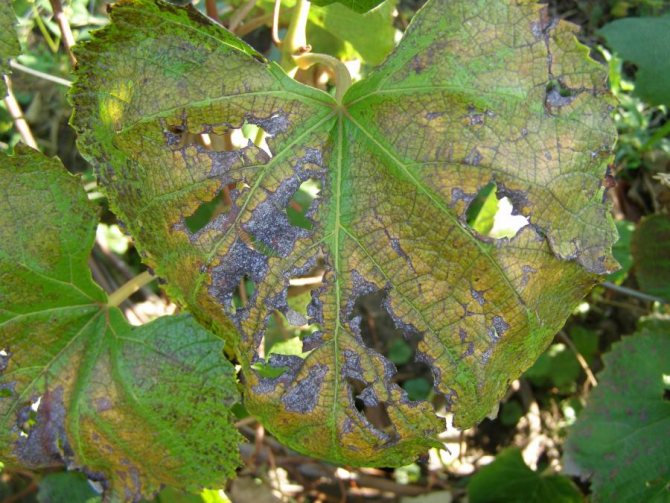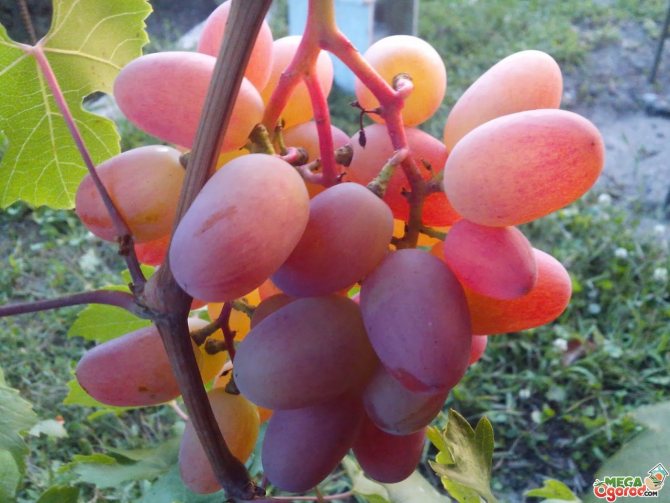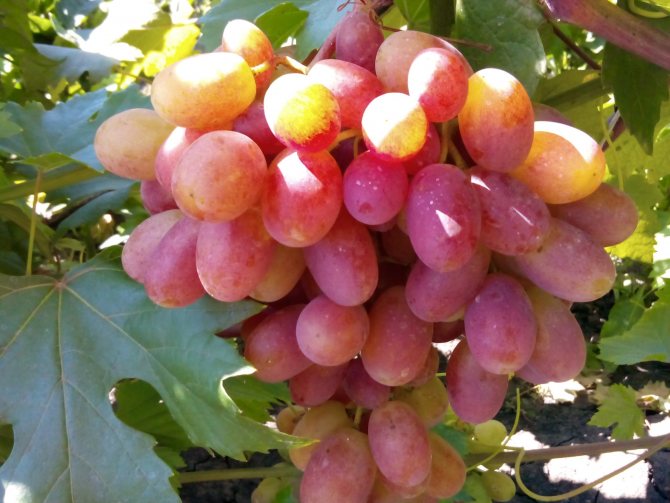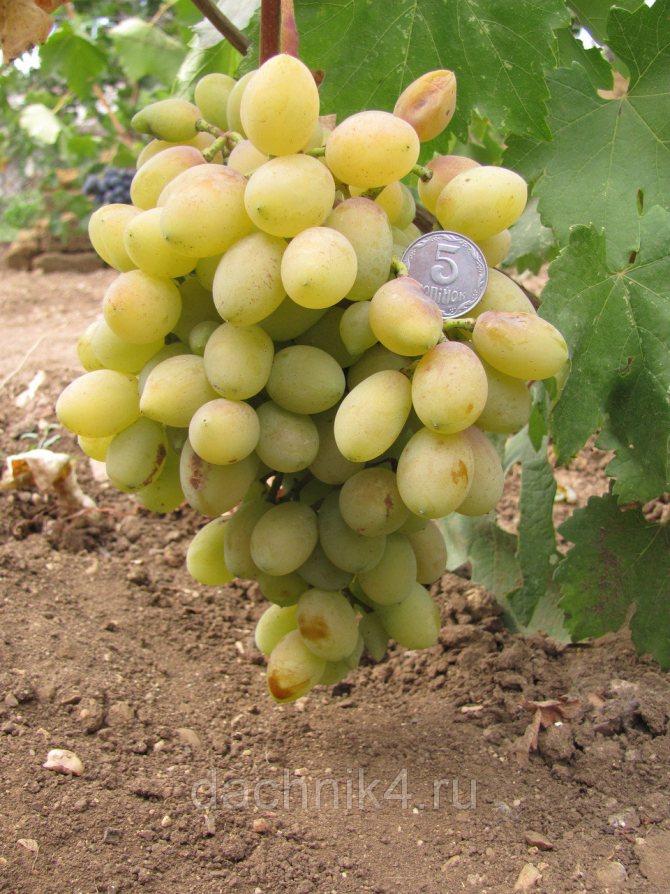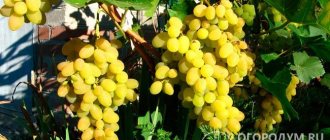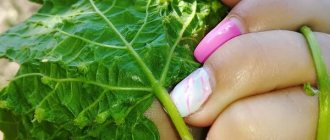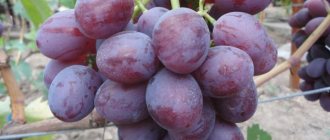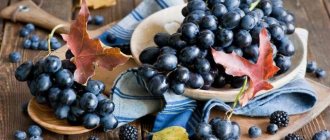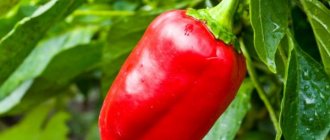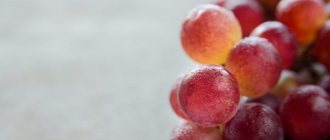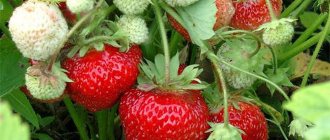Modern gardening is characterized by a variety of varieties of fruit and berry crops. Choosing one of them for planting in a summer cottage is a difficult task. The shrub must meet the stated requirements, bring a regular and sweet harvest. Thanks to the numerous advantages, the Transfiguration grapes will satisfy even the most demanding gardeners. The unpretentious plant is distinguished by abundant fruiting. Bunches with large berries ripen early. Frost resistance contributes to the expansion of the geography of cultivation of the popular shrub.
Variety history
The Transfiguration variety is a fairly new variety of fruit and berry crops. It is not included in the State Register, but it is very popular with many gardeners. The grapes were the result of the work of an amateur breeder Viktor Krainov.
The hybrid form of grapes was obtained by crossing the Talisman and Radiant Kishmish. In the course of the experiments, he bred three varieties similar to each other: Anniversary of Novocherkassk, Victor, Transfiguration. Their distinctive features can only be identified by true professionals in their field. Due to its merits, the Transfiguration has been in demand for many years compared to other horticultural crops.
Variety characteristics
The choice of any fruit and berry crop depends on its technical characteristics. Let us consider in more detail what is remarkable about the interspecific hybrid of grapes Transfiguration.
Productivity and ripening time
Grape Transfiguration refers to early ripening fruit and berry crops. The ripening period lasts 110-115 days. Under favorable weather conditions, the ripening period may be slightly reduced.
The first harvest begins in the last decade of July. You can determine the degree of ripeness of berries by their appearance. The berries that have reached removable maturity have a dense and slightly shiny skin. When pressed lightly, the fruits are slightly squeezed, but not cracked.
The average yield per adult bush is 20-25 kg. With plenty of sunshine and moderate watering, yields can be 5–10% higher.
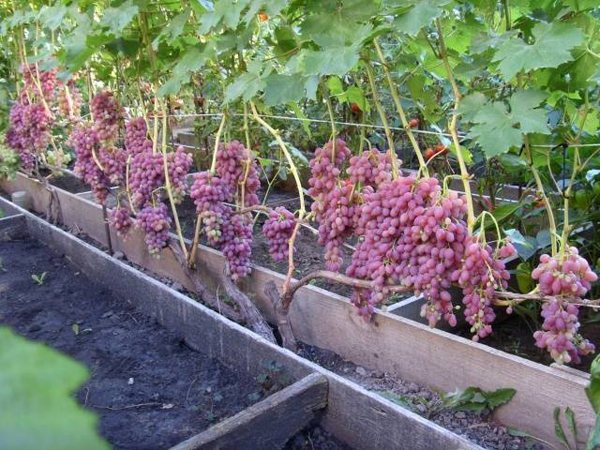
The average yield per adult bush is 20-25 kg
Fruit application
A distinctive feature of the fruit and berry crop is good transportability over long distances and a long shelf life. Berries do not lose their taste and marketability.
The Transfiguration grape is a table variety. Juicy ripe fruits can be eaten fresh, as well as used to prepare salads, snacks and desserts. With amazing taste and aroma, the fruits are used to make wines and raisins.
Drought and frost resistant
In the botanical portrait of the culture, it is noted that shrubs easily adapt to climatic changes and endure a drop in air temperature to -23 ° C. However, according to the reviews of winegrowers and gardeners, the lowest air temperature for the Transfiguration grapes is -18 ° C. If the weather forecast says that severe frosts are coming, take care of the shelter of the vineyard.
Drought resistance of the culture is average, the plant loves moderate watering. Grapes react negatively to both lack of moisture and its excess.
Description of grapes Transfiguration
The Transfiguration grape is a hybrid variety. Its distinguishing feature is large clusters with large berries.
Due to its special external features, the shrub has become a popular planting in comparison with other horticultural crops.
Description of bushes, shoots, fruits is necessary for the organization of competent care:
- The grape bushes are characterized by rapid and rapid growth. They form many processes. Newly planted cuttings take root quickly.
- The flowers are self-pollinated.
- The shape of the bunches can be varied - conical or cylindrical. In some cases, the clusters are shapeless. The density of the berries is loose. The weight of one bunch ranges from 1 kg to 3 kg.
- The oval, elongated berries are large enough. Grape weight - up to 20 grams. The ripeness of the fruit is evidenced by a pinkish color and a light white bloom.
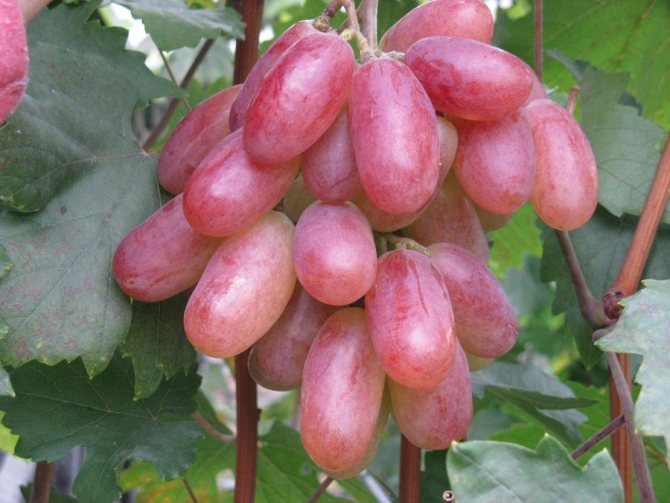

The formation of "stepchildren" from the mother plant allows you to get a crop twice a season. Sweet bunches are also formed on the processes.
Testimonials
Transfiguration ": 11 March 2014, 21:48:15" by G.F. , obtained as a result of crossing Talisman x k-sh Radiant. Early ripening form (105–110 days). The variety is vigorous, the ripening of the vine is good. The flower is bisexual. Pollinated well, peas were not observed. The bunch is conical, very large, of medium density. Weight 700-1500 gr. and higher. Marketability and transportability are high. Gives a full-fledged stepchild's harvest. The berry is cylindrical, elongated, very large, weighing 12–18 and up to 25 grams, measuring from 40x25 to 50x27 mm. When fully ripe, it is pink. The pulp is tender, with a pleasant varietal taste. The peel of the berries is medium-dense, eaten, it is not felt when eating. The yield is high and stable. The load on the bush with shoots is up to 30–35. Pruning - 6-8 eyes. Increased frost resistance. The buds in the eyes can withstand up to -23 degrees. Resistance to mildew and powdery mildew is average, to gray rot - increased.
Alexander Kovtunov. Stavropol region
Gennady: the questions that I have about the Transfiguration variety: 1) How many bunches can be left for the 2nd and 3rd years of the growing season of the bush? 2) What is the real ripening of the vines, for how long and for what date of August or September (approximately)? 3) What is the real resistance of the variety to fungal diseases to mildew and powdery mildew, how many treatments is necessary for the Transformation?
Gennady, hello. 1. If you grow two shoots on the Transfiguration in the second year (this is if according to the rules), then it is unlikely that there will be a bunch, because it is necessary to leave these two shoots, which are closest to the ground, most often they are single. If suddenly, the bush grew very well and a third shoot with a bunch is left, then after flowering, 2/3 of the bunch must be removed from the bottom. The rest should ripen. In the third year, 4 shoots are grown, we look at their thickness, if they are thinner than a pencil, we remove all the clusters, if they are thicker, we leave one cluster per bush. Fatty shoots on the Transfiguration, Viktor never saw. Well, then a little experience will come and you will begin to feel the bush. 2. This variety does not spoil much with the ripening of the vine, but in an adult state, the ripened growth is quite enough for future fruiting, provided that we will not give such a load as in the south. I always leave no more than a meter of ripe vines when fan-shaped. Sleeves 4-6 approx. In terms of time, this is closer to September. 3. It does not differ much in soreness, I do not process these bushes separately.
Tatiana Kitaeva. Voronezh region
Everyone is good with the Transfiguration, and the look and productivity, but there is no taste, from the word at all. Why is there a taste, even if it was sweet, I'm embarrassed when it is realized, people buy it for the look, I literally force people to try the berry, as if I am disclaiming responsibility, they say they knew what they were buying, and imagine, they try and buy, although the herb grass.I just can't get it to be lighter, not overloaded, but all the same ... maybe someone knows the approach to it.
yuri 72. Donbass
The ancient Romans transformed the life of neighboring peoples, introducing them to the art of viticulture. The Grape Transfiguration has changed the gardeners' perception of the cultivation of this noble culture.
Main characteristics
Based on the external features of the Transfiguration grapes, stable individual characteristics of the variety are formed:
- The variety has excellent taste. The sweet aromatic berries have a slight sour note. The pulp is not juicy, medium density.
- The grape yield is high and abundant. An individual feature is double fruiting: at the end of August and mid-September. With proper care, good environmental conditions, up to 20 kg of ripe berries are harvested from one bush.
- Self-pollination is a useful characteristic for a plant. This eliminates the need for additional pollinators nearby.
- High frost resistance. The transformation endures drops in low temperatures down to -23 degrees.
- Fast adaptation to environmental conditions. Grapes adapt easily to climate change.
- Prevention of fungal diseases is important for the variety. Resistance to plant diseases, the influence of parasites in grapes is low.
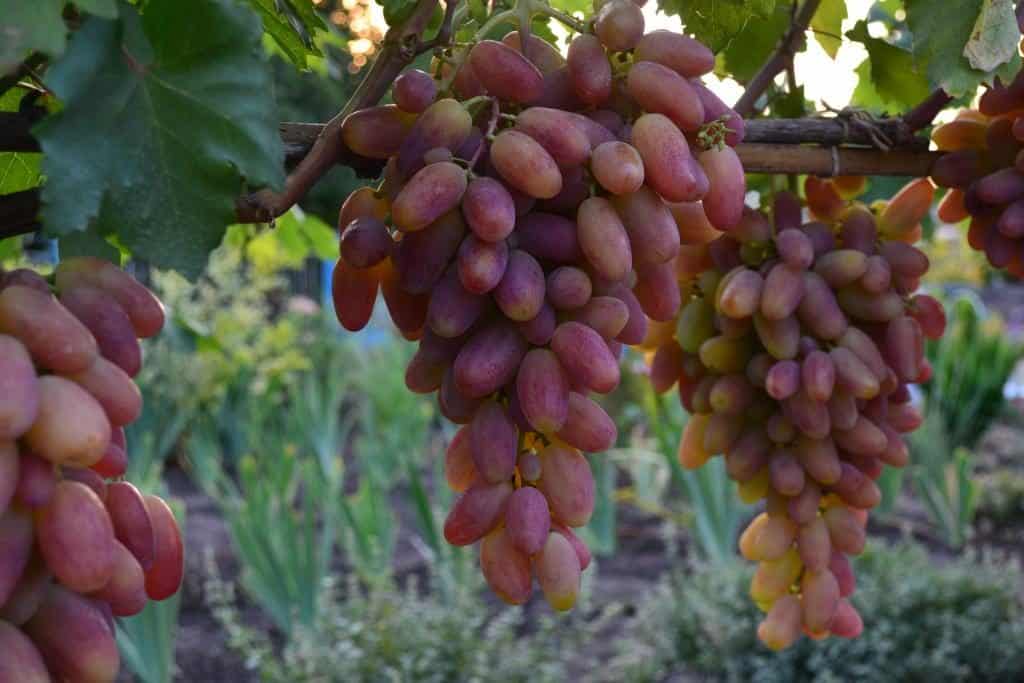

The characteristics of the Transformation determine the landing algorithm, the stages of the necessary care, the methods of prevention.
Fruit characteristics
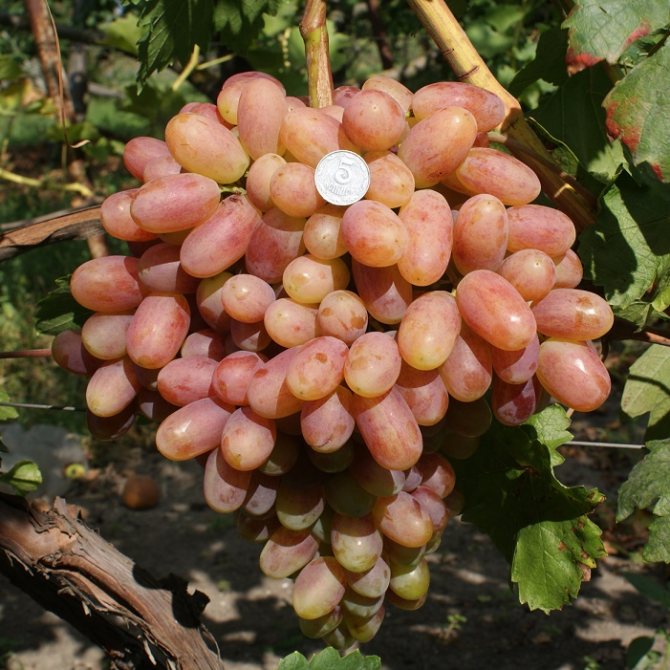

The fruits are cylindrical in shape and may taper towards the tip. The skin is pink in color with a slight yellowish tinge, there is a white waxy bloom on it. It is noteworthy that with constant exposure to the sun, the color of the berries can be yellow without; more detailed information suggests that specimens more than 5 cm long and weighing from 18 to 20 g come across.
The taste is very sweet, with a slight pleasant sourness, the skin is very thin, and is practically not felt when the berries are eaten. Since the fruits are very juicy and contain a high percentage of sugar, they are great for making wine.
Even in dry weather conditions, the berries do not tend to peel. The harvested crop tolerates transportation well without losing its marketable qualities.
Pros and cons of the variety
The young variety Transfiguration has a number of undeniable advantages. They distinguish it from other berry bushes. Due to its advantageous advantages, it is in great demand among many gardeners:
- Self-pollination ability. Promotes abundant fruiting without assistance.
- Abundant double harvest from large berries.
- Resistant to severe frost. Allows to plant shrubs in the central and northern regions of the country.
- The grapes do not become smaller in case of bad weather conditions, poor-quality soil composition.
- The bunches have excellent transportability without losing their presentation. They are stored for a long time without sacrificing taste.
- When planted, seedlings quickly and easily take root in new conditions.
- Climate change does not affect the development of the plant.
See also
Description and characteristics of the grape variety Fun, history and subtleties of cultivationRead
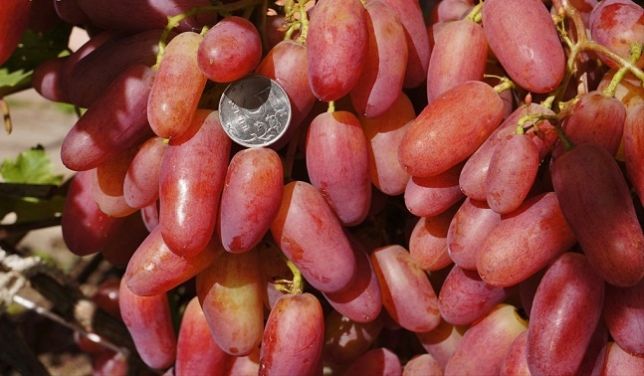

Specific features of the variety are low resistance to fungal diseases. This must be taken into account to prevent the occurrence of lesions. Despite the rather young age, Transfiguration grapes are a worthy option for planting in a summer cottage, conducting commercial gardening. Due to the predominance of positive traits, it is often cultivated in different regions of the country.
Pruning a bush
Among the perennial fruit plants, only grapes are heavily pruned annually. With this operation, it is necessary to remove from 50 to 90% of the annual increase.The bushes without pruning have a large number of small, weak shoots and many clusters with small, low-yield berries. Correct pruning and shaping of the bush is of great importance in creating the conditions for laying the next year's harvest.
Among the perennial organs of the grape bush, the sleeves are the fastest to age. The term of their active productive service, depending on the variety, is 10-15 years. Therefore, it is necessary, during the period of full fruiting of the bush, to take care of their replacement in a timely manner, growing new sleeves from the coppice shoots. Pruning of grapes Transformation should be done fan-shaped. Spring pruning is preferable to autumn pruning, because when sheltering for the winter and opening grapes in spring, some of the buds may break.
When pruning bushes, it must be remembered that the more shoots there are, the more clusters and the higher the yield. However, with overloading of the bushes and insufficient nutrition, the yield, despite the increase in shoots, may decrease due to a decrease in the weight of the bunches.
Timur grapes: description and care features
This variety prefers long pruning with 6-15 eyes. The shoots left behind are called fruit shoots. Since this grape variety is more suitable for the southern regions, it is better to form a bush on a vertical trellis in four sleeves. Each should have from one to four fruit shoots, the rest should be broken out. The distance between the vines should be at least 15-20 cm.
The Transfiguration grape, when describing its variety, has several features:
- this variety gives a large number of shoots, a brush forms on each, which is an unnecessary load;
- the trunk is often affected by fungal diseases;
- the sweet and juicy berries often attract large numbers of wasps to the area.
When forming bushes, it is also necessary to prune, fragment, pinch and chase vines. Pruning is usually done in autumn and spring. Young bushes up to 5 years of age are best cut in the spring.
Rules for choosing a site for landing
Transfiguration grapes are an unpretentious variety. He is not picky about the composition of the soil, the site for planting. To organize competent care, several basic nuances must be observed:
- The plant loves good lighting. When choosing the ideal place to plant it, you should pay attention to the presence of tall trees with a dense crown nearby. They will create artificial shade. This will negatively affect the fruiting of grapes.
- An excellent option for the variety is the southern side of the summer cottage, where there will be no drafts, winds.
- The fruit and berry shrub does not like excessive moisture. The degree of soil moisture is medium. The groundwater level is not higher than 1.5 m from the surface.
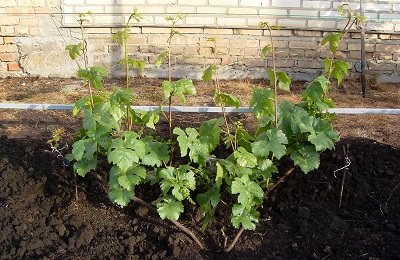

Grapes are recommended to be planted in a proven, pre-prepared area. This will allow you to organize the highest quality conditions for the growth and development of the plant.
Landing features
Planting grapes Transformation is best done in spring, with the onset of the first heat. A correctly chosen seedling is the basis for a bountiful harvest of the variety in the future. A young plant must meet several requirements:
- The color of the root system is whitish.
- The cross section color is green.
- No signs of dryness, frostbite.
Before planting in the ground, seedlings undergo primary processing. They are soaked in water for 24 hours. The root system is sprayed with a solution of a growth stimulant.


The process of planting a seedling involves a simple sequence:
- Preparing the pits. They should be 2 times larger than the roots of a young plant. The distance between the holes is 1-1.5 m.
- A mixture of soil and organic fertilizers is spread at the bottom. Sprinkle with ordinary earth on top.
- The seedling is lowered down. Its roots should lightly touch the bottom of the hole. The root collar is not below the soil level.
- Sprinkle the planting with the remaining soil. Tamp down slightly.
- If necessary, you should equip an additional support for the plant - a wooden stake dug in next to the seedling.
- After planting, abundant watering is performed. Up to 3 buckets of water are consumed per bush.
Even a novice gardener can cope with planting a grape seedling. A well-executed planting will ensure healthy plant growth.
Propagation of grapes
Propagation of Preobrazhensky grapes can be done by seedlings and by grafting cuttings. We already know how to plant seedlings in open ground. Now let's take a closer look at the method of grafting cuttings.
Cuttings are cut in spring or autumn. Each stalk has 2-3 eyes. In this case, the minimum distance to the first eye is 3-5 mm. On the eve of vaccination, the stalk is immersed in warm water with a growth biostimulator. If the grafting falls in the fall, the frost resistance of the scion should be increased. The stalk is dipped for 1-2 seconds in hot paraffin, then in cool water.
A T-shaped incision is made on the stock. The prepared stalk is inserted into the formed incision, the bark is sealed and the grafting site is tied with dense matter. The junction of the rootstock and the scion can be treated with garden varnish. The fixing bandage is removed with the appearance of the first leaves on the scion.
Grapes Transformation is the dream of every wine grower and gardener. With minimal care, the fruit and berry culture gives a bountiful harvest of tasty and aromatic grapes. The harvested fruits can be eaten fresh, processed or even sold.
Ripening terms
The Transfiguration variety is considered early maturing. It ripens in the shortest possible time. After the stage with the opening of the buds, an average of 3-3.5 months pass before the formation of ripe bunches.
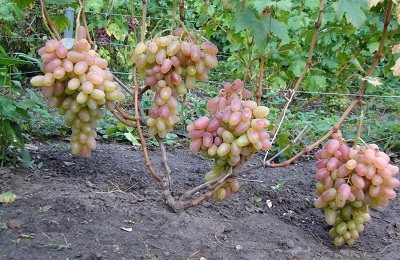

The timing of the appearance of ripe berries depends on weather conditions, the region of grape growing. In favorable climates, the ripening period can be shortened. If the plant is planted in areas with low air temperatures, then the appearance of the first grapes will occur a little later.
Fertilization and feeding
Systematic fertilization helps to restore soil depletion. Two types of fertilizers are often used in the vineyard:
- organic;
- mineral.
The most valuable organic manure is rotted manure, the nutrients of which are assimilated by grapes gradually, over 3-4 years.
Mineral fertilizers are applied with root and foliar dressing. The composition of fertilizers depends largely on the soil, the condition of the bushes and the yield.
Root feeding is done once every 2-3 years, preferably in the fall. It can be combined with watering the vineyard.
Is there a blue strawberry variety
Foliar - carried out in the following terms:
- 2-3 days before flowering;
- a few days after flowering and shedding excess ovary;
- 10-12 days before harvest.
Foliar dressing can be combined with spraying the vines. Processing is carried out in cloudy weather, early in the morning or after sunset. The best result is achieved by spraying after rain, when the leaf is at its purest and most susceptible to nutrient absorption.
Care Tips
Caring for grapes Transformation is an important component of the full development of a plant. The variety is unpretentious. Correct implementation of standard procedures is the basis for a regular, bountiful harvest:
- Watering should be timely and moderate. The variety prefers moist soil. The main thing is to avoid excessive moisture. Abundant watering is recommended at the beginning and end of the flowering of the shrub. In the dry season, a circular hole for water is dug around the trunk. Good drainage for grapes should be organized.
- Regular fertilization will strengthen the plant's immunity. Top dressing is applied at the beginning of flowering, at the stage of fruit formation, before sheltering for the winter. Substances containing potassium, magnesium, phosphorus will have a beneficial effect on the shrub.
- Mulching is an important care procedure. Thanks to it, moisture and nutrients remain in the soil for a long time. The trunk of the bush is covered with a layer of peat or humus in a circle. Held in spring, autumn. Mandatory to perform before the onset of cold weather.
- The plant is pruned before the vine opens up. The best period is autumn or spring. The fan-shaped method is perfect. After its application, the fruit vines are shortened by 6-8 eyes. Only 24-28 shoots are left. The Transfiguration is a high-yielding variety. To avoid overloading the shrub, one bunch is left on one shoot.
- This grape is cold resistant. Additional shelter for the winter will minimize the damage caused to shrubs by low temperatures. Before warming, remove the vine of the plant. Leave 25% of the basic amount. The shrub is bent to the ground, covered with soil. Lay out hay and slate on top.
See also
Description of grapes varieties in Memory of the surgeon, planting and care rulesRead
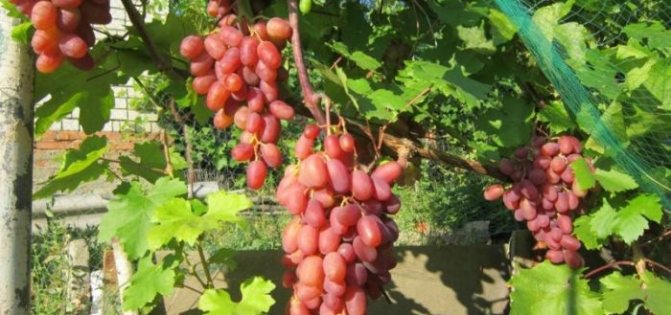

Taking care of the grapes Transfiguration is not difficult. The correct approach to the plant will reduce the risk of dangerous fungal diseases, insect pests.
Features of growing grapes
The acquired planting material should be carefully examined when purchasing. There should be no obvious defects indicating that the Transfiguration seedling was frozen or overdried, damaged by diseases. A healthy seedling should have white roots and should be green in cross-section.
Landing
For planting the grapes of the Transfiguration, the right place must be determined. The grapes are still from the southern regions, so for planting it, choose the southern well-lit areas of the garden, for the rows, choose the direction from north to south. Planting holes should be located at a distance of 2 m from each other.
The Transformation variety is undemanding to the quality of the soil. Nevertheless, if the soil in the garden is not very fertile, with a low ability to form a humus layer, then humus or compost, wood ash and nitrogen fertilizers must be laid in the planting pit. Such a nutritious dressing is done for the Transfiguration grapes for the next 3-4 years. The results for growing crops will be much higher.
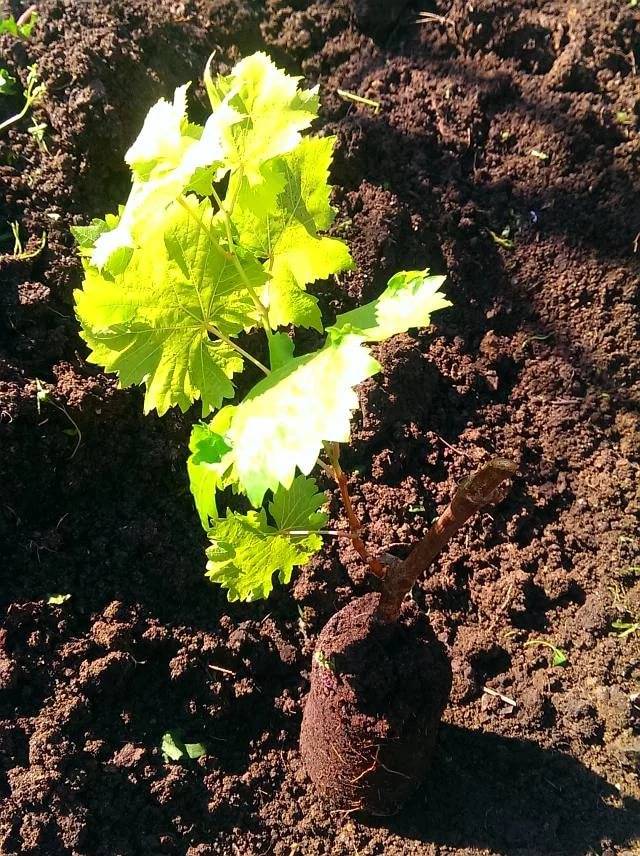

The site for planting should be well-drained, without stagnant moisture, it is better to place it at a certain elevation. The planting hole is dug up to a depth of 0.5 m. All additives are mixed in it together with the soil, spilled well with water so that the soil settles. And a seedling is planted. This planting method is suitable for lignified seedlings of the Preobrazhenie variety, which will already yield a small harvest next season.
The time for planting is chosen taking into account the climatic characteristics of their area. In the spring, they choose the time when it becomes already warm enough, the air temperature is at least + 15 ° С, and the earth has warmed up by + 10 ° С.
Care
Further care of the grape crop consists in watering, feeding, pruning and protecting against pests and diseases. The peculiarities of care should be observed, then the plant will thank you with a good harvest.


The peculiarities of watering should include the fact that the Transfiguration grapes love water, however, a large amount of it can destroy the plant. Consider the structural features of the root system of grapes. It goes deep into the ground, and in order for all the roots to have enough moisture, it should be watered in large volumes.
So, a seedling of the first year of life is watered for the first time after planting once a week with 2 buckets of water, then after about a month they switch to watering once every 3-4 weeks, however, they spend up to 4 buckets of water on watering.
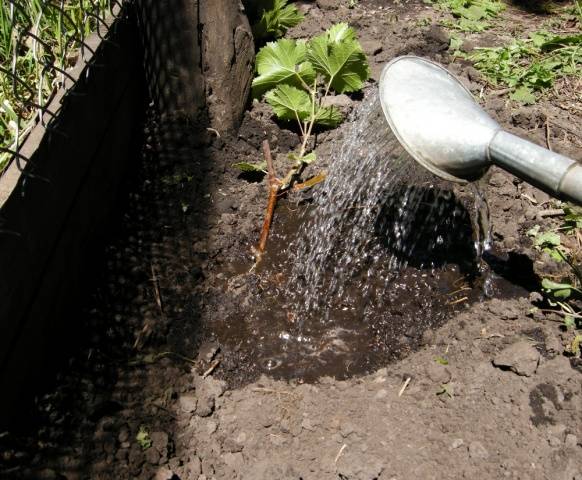

Important! In spring and autumn, water-charging grapes are irrigated.
Autumn moisture-charging irrigation is carried out after the foliage has fallen. It is necessary for the plant to endure the winter cold better, since dry soils freeze more than wet ones.Moisture-charged irrigation is carried out despite the presence of rains, since the root system of the plant is very powerful and moisture from the rains may not be enough to penetrate deeper.
In the spring, water-charging irrigation is carried out to activate the kidneys. Watering is necessary, especially if the winter was little snow.
For the grape transformation, you can use different types of watering. If the underground irrigation system was not laid down immediately, then surface irrigation is carried out. To do this, around the plant, departing from the root collar about 30 cm, make a furrow, up to 20 cm deep. Water is poured here.
Excess moisture affects the taste of the fruits of the Preobrazhenie variety. The taste deteriorates, the berries become too watery and tasteless. Therefore, if the summer is too rainy, it is worth making branch grooves, along which excess moisture will flow out of the trunk circle.
Pruning
Pruning grapes Transformation is the main agricultural technique during cultivation, which allows you to:
- Regulate the grape harvest Transformation, as a large number of bunches impairs their quality;
- Form a grape bush by removing the vines that have borne fruit;
- Rejuvenate the plant, as pruning stimulates the growth of vine shoots.
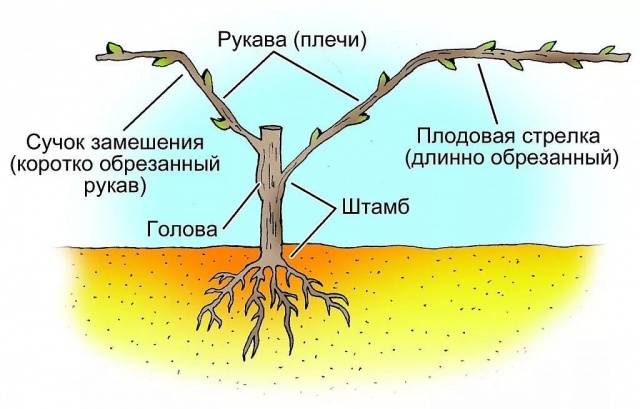

For more information about pruning grapes, see the video:
Pruning is carried out in the spring, before the buds have blossomed, or in the fall. For the Transfiguration variety, according to winegrowers, fan pruning of the bush in the fall is preferable. Cut off shoots are much easier to cover, and they will tolerate frost without damage. In spring, the dormant buds of grapes will bloom much earlier, which will shorten the period before harvesting. Let's consider in detail how to form a bush.
In the first year of life, 2 shoots are left in the fall, which are shortened to 2 buds. The next year, a shoot will grow from each bud, in the fall they are shortened, one will become a replacement shoot, 2 buds are left on it, the other will be a fruiting vine, up to 12 buds are left on it.
For the winter, the vines are bent to the ground, covered with soil and covered with sheets of slate or roofing material. In the spring, the shelter is removed, and the vines are bent and tied horizontally to the ground on a trellis.
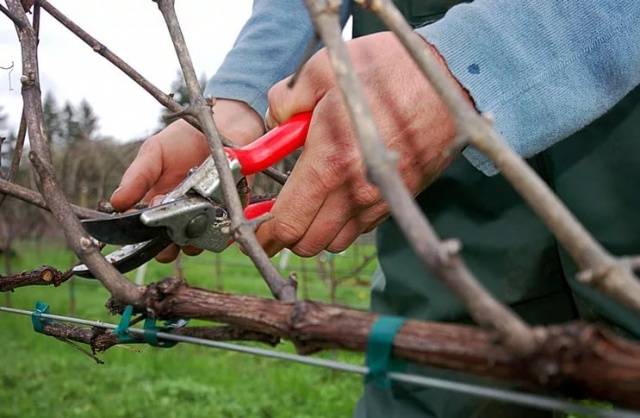

At the next pruning, the fruit-bearing vine is cut completely to the very knot. There are only 2 shoots left, 1 is made a replacement shoot, shortening to 2 buds, the second will bear fruit in the next season, its length is formed by 12 buds. This pruning system is repeated from year to year.
It is preferable for Transfiguration grapes grown not only in the temperate zone, but also in the southern regions. It allows you to cover the plant, form 2 or more sleeves, which leads to a high yield of the variety and excellent taste of grape berries.
Problems when growing varieties Transformation:
- Ability to form a large number of shoots. They will need to be removed. Each shoot is capable of giving one brush, however, this is too much load for the bush. The Transfiguration grape clusters are very large, it will be difficult for them to ripen;
- Fungal diseases can also be a problem. In order to prevent diseases from affecting the grape bush, preventive spraying with Bordeaux liquid is done at the beginning of the growing season and after autumn pruning.


Grapes can transform your summer cottage if you take the time to grow and care for this interesting and rewarding crop.
Diseases and pests
The Transfiguration variety is susceptible to the influence of insects, plant diseases. Pest control should be carried out in a timely manner, with regular prophylaxis:
- Grape flea. Destroys leaves, laying larvae on their back. They are treated with an insecticide - the opened buds are sprayed.
- Grape cushion. Dwells on shoots. Due to the production of the film, it remains practically invisible. It feeds on plant sap. Resistant to pharmaceutical preparations. Collected by hand.
- Grape moth.The offspring from its larvae gnaws leaves, feeds on sap. The main method of control is insecticide treatment. As a preventive measure, it is necessary to regularly collect fallen leaves, loosen the soil.
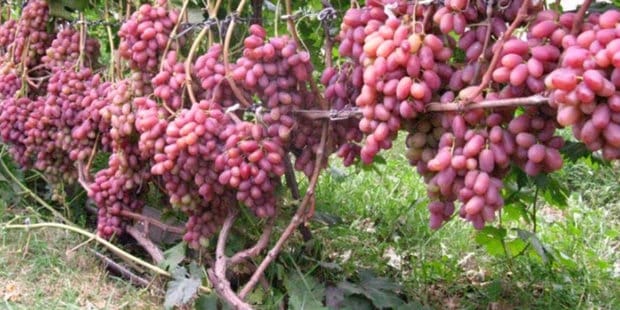

The Transformation variety is affected by some fungal diseases:
- Powdery mildew. Expressed as a white bloom on the leaves. For destruction use fungicides ("Topaz", "Vitaros").
- The cancer is bacterial. Occurs after processing shoots with non-sterile instruments. Cannot be treated. The shrub is destroyed.
- Spotted necrosis. It appears in early spring. Initially, spots form on the leaves. Then the vine dries up completely. For control and prevention, spraying with preparations containing copper is carried out.
A timely and thorough examination of the grape bush will allow to avoid the development of many dangerous diseases. Due to this, you can notice the defeat at an early stage, which will allow you to perform the appropriate treatment measures.
Morbidity and preventive measures
Grape "Transfiguration" is highly resistant to many major lesions of the vine. However, in order to prevent it, it must be subjected to treatment against mildew and oidium.
| Diseases | Sustainability |
| Downy mildew (mildew) | High - 7 points |
| Oidium | High - 5-6 points |
| Rot gray | High - 6 points |
As already mentioned about this grape variety, Transfiguration grapes are relatively resistant to the most common diseases of the vine. Most often, preventive spraying is sufficient to achieve a healthy crop. For prophylactic purposes and for the treatment of powdery mildew, the modern drug "Folkon" has proven itself well, the treatment with it is repeated once or twice: first, the drug is used immediately after bud breaks, and the second time, the treatment is repeated after flowering.
Spraying with preparations of copper and iron sulfate is effective against mildew and pests, both before and after covering the vine, and after each rain. Also, treatment with Bi-58 preparations is carried out together with Horus at the stage of the first 4-6 leaves and a mixture of Ridomil Gold with Topaz and Aktelik at the stage of emergence of berries the size of a pea.
In which regions is it better to grow?
Grape Transfiguration prefers warmth, light, no wind, fertile soil. A distinctive feature is resistance to low temperatures.
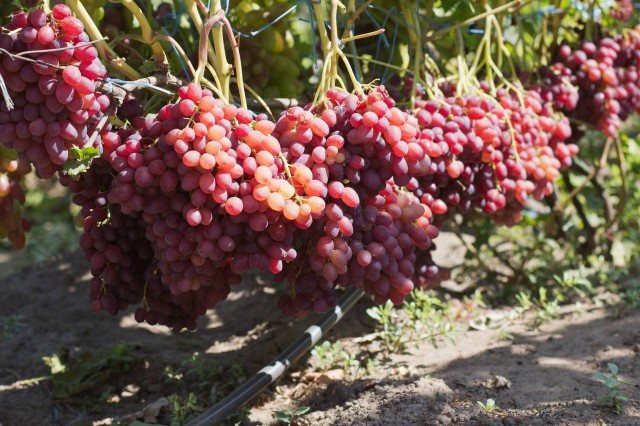

For these reasons, the variety can be cultivated in several regions of the country:
- North Caucasian.
- Nizhnevolzhsky.
- Uralsky.
- Central.
The variety can be grown in a variety of areas. It is enough to create the correct necessary conditions for planting. Correct implementation of care procedures will keep the shrub healthy and fruitful for many years.
The Transfiguration variety has long become a popular planting in summer cottages. An unpretentious shrub does not require careful maintenance. Among its many advantages: bountiful harvest, early fruiting, large and sweet berries. A warm, sunny region will be an excellent place to cultivate a plant. Due to their frost resistance, grapes can be planted in places with fluctuating low temperatures. The excellent taste of the fruit made the shrub popular with many gardeners and commercial production.


